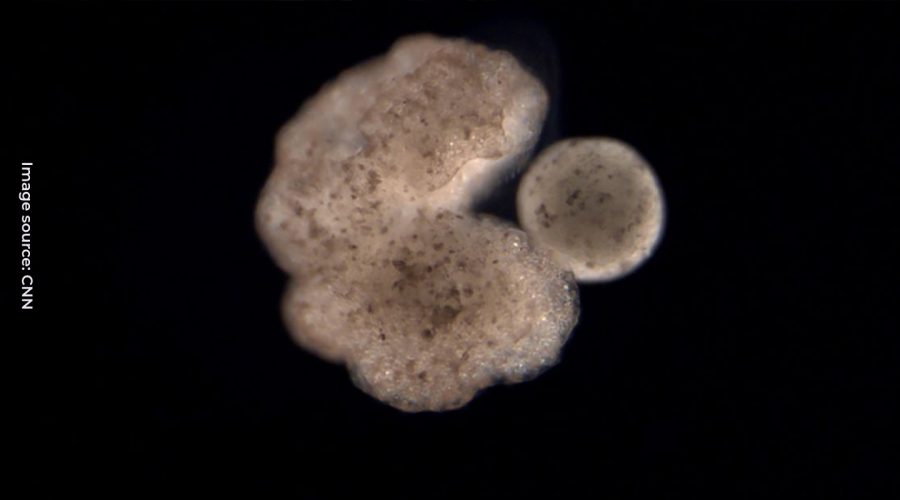Share this
The scientists who made the first living robots claim that the life forms, known as xenobots, can now reproduce in ways that plants and animals cannot.
Xenobots are made from the stem cells of the African clawed frog (Xenopus laevis), from which they get their name. They’re only a millimeter (0.04 inch) wide. After research revealed that they could move, collaborate in groups, and self-heal, the small blobs were initially revealed in 2020.
Scientists from the University of Vermont, Tufts University, and Harvard University’s Wyss Institute for Biologically Inspired Engineering have now announced that they have uncovered a completely new kind of biological reproduction that is unlike any animal or plant currently known to science.
“I was astounded by it,” said Michael Levin, a professor of biology and director of the Allen Discovery Center at Tufts University who was co-lead author of the new research.
“Frogs have a way of reproducing that they normally use but when you … liberate (the cells) from the rest of the embryo and you give them a chance to figure out how to be in a new environment, not only do they figure out a new way to move, but they also figure out apparently a new way to reproduce.”

